Policy Brief : HIV and Sex between men
Sex between men occurs in every culture and society, though its extent and public acknowledgment vary from place to place.
In terms of HIV, sex between men is significant because it can involve anal sex, which when unprotected carries a very high risk.
At least 5–10% of HIV infections worldwide are estimated to occur through sex between men, though this figure varies considerably between countries and regions.
As men who have sex with men may also have sex with women, if infected they can transmit the virus to their female partners or wives.
Although sex between men is often associated with a discrete HIV epidemic, it should also be regarded as linked to the epidemic in the general population.
Sex between men occurs in diverse circumstances and among men whose experiences, lifestyles, behaviours and associated risks for HIV vary greatly. It encompasses a range of sexual and gender identities among people in various sociocultural contexts. It may involve men who identify as homosexual, gay, bisexual, transgendered or heterosexual. Men who have sex with men are often married, particularly where discriminatory laws or social stigma of male sexual relations exist. Sex between adolescent males can also be a part of sexual
experimentation.
In places where men spend long periods in all-male environments, such as prisons or boarding schools, sex between men can be common regardless of sexual identity and may be coerced.
In this report also:
- Denial and stigma drive the epidemic
- Policy position
- Actions for governments
- Actions for civil society
- Actions for international partners





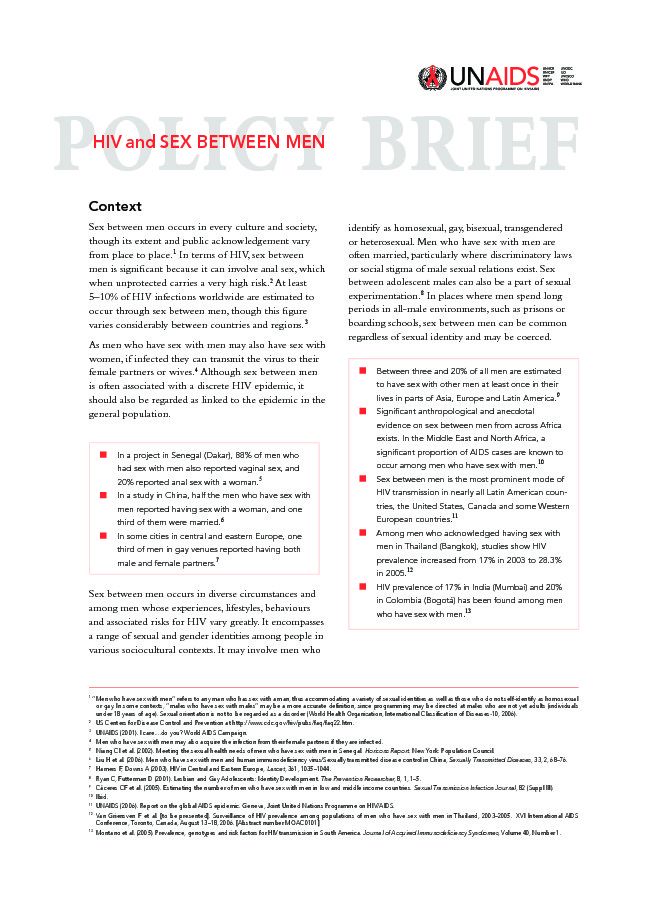
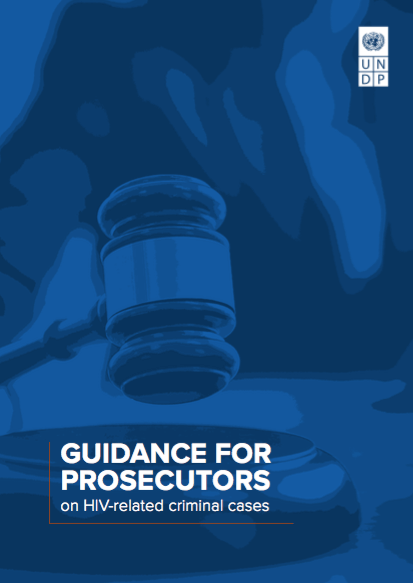 Guidance for prosecutors on HIV-related criminal cases.
Guidance for prosecutors on HIV-related criminal cases.
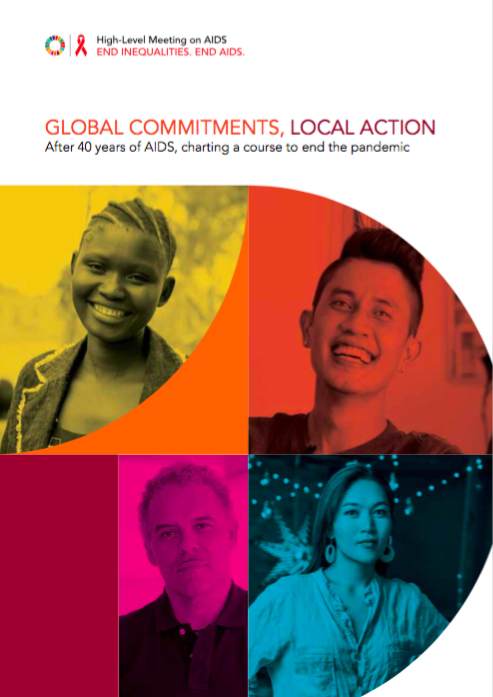 Global Commitments, Local Action. After 40 years of AIDS, charting a course to end the pandemic
Global Commitments, Local Action. After 40 years of AIDS, charting a course to end the pandemic
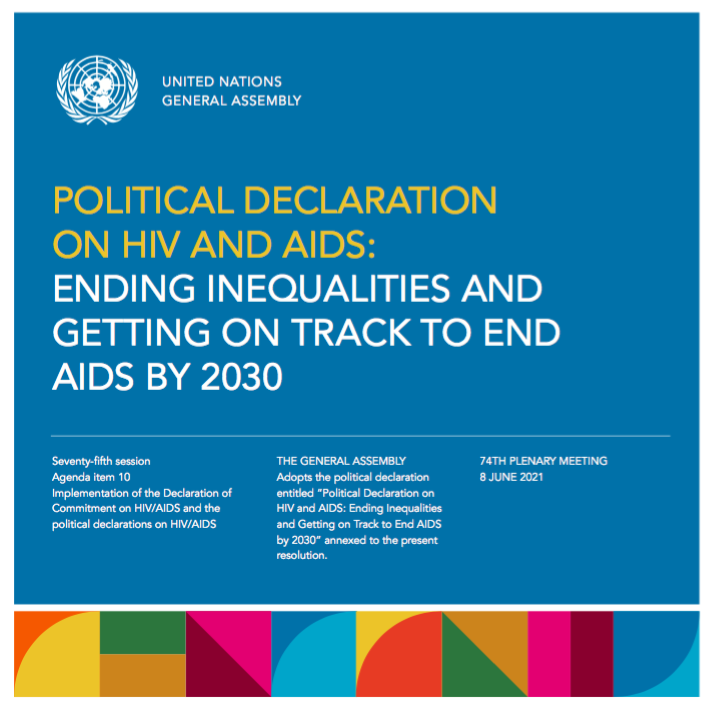 Political Declaration on HIV and AIDS: Ending Inequalities and Getting on Track to End AIDS by 2030
Political Declaration on HIV and AIDS: Ending Inequalities and Getting on Track to End AIDS by 2030
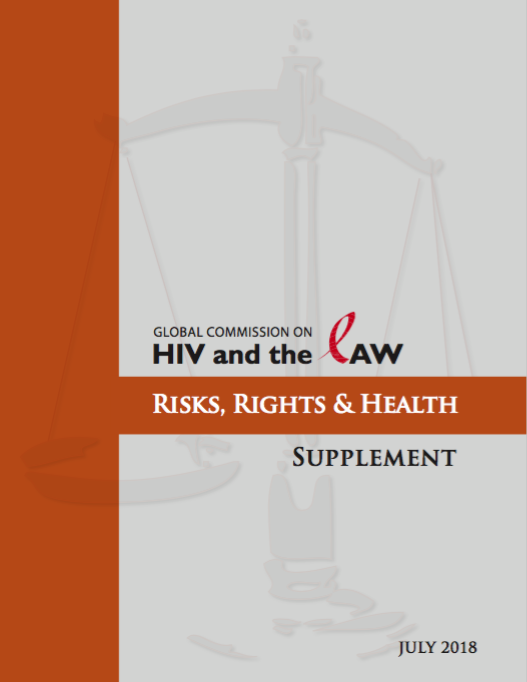 Supplement to the Report of the Global Commission on HIV and the Law “Risks, Rights & Health”
Supplement to the Report of the Global Commission on HIV and the Law “Risks, Rights & Health”